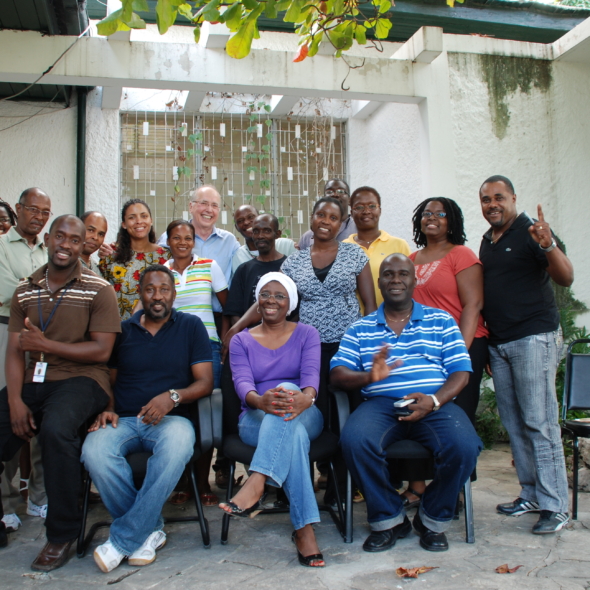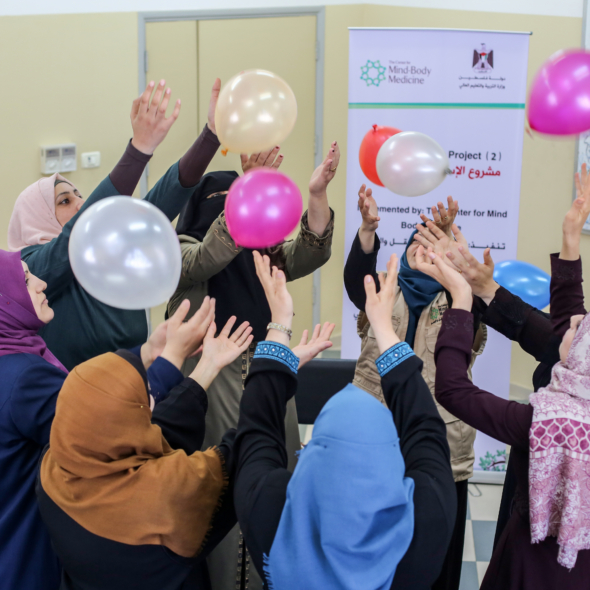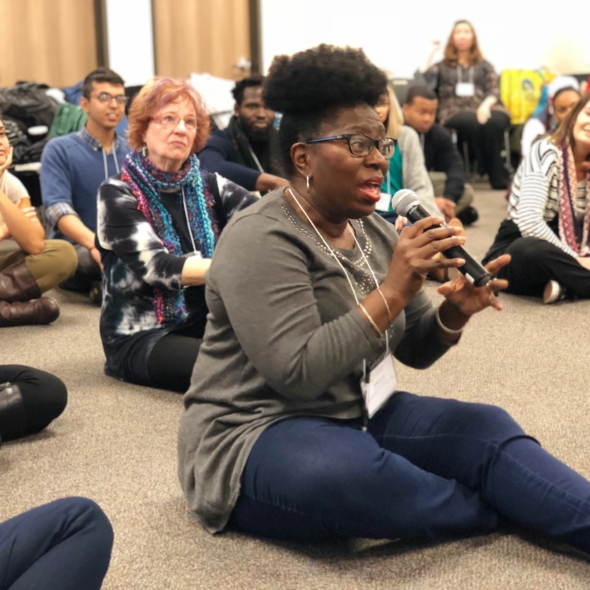On the anniversary of their earthquake, Haitian men, women, and children are more likely to tremble anew with fear and contend with reawakened physical, emotional and behavioral symptoms. Chronic headaches and stomachaches that had subsided over months are now returning with renewed force in those living in their own homes as well as in the more than a million demoralized tent dwellers. Sleep, increasingly restless, is more often riven with nightmares of family members buried in the rubble. Children whose beds were dry are once again wetting them. The free-floating anger that had ebbed in many is rising, increasingly visible in family quarrels, child abuse, and street conflicts.
These phenomena, occurring at the same time as the original trauma, a year later (or indeed 5 or 10 years later) are called “anniversary reactions“. They were observed by Freud in 1895 and have been the subject of case reports ever since.
Sometimes a quite conscious understanding and anticipatory dread of the anniversary appear to set the stage: Winston Churchill dying at the same age, and on the exact same day as his father; Elvis Presley, who had announced that “my life is ended,” after his mother died at 42 in August 1958, himself dying early in August 1977, also at 42.
Often, however, the person suffering the anniversary reaction seems to be unaware of the connection. There is ample documentation of people who are surprised to learn that their unexpected anxiety attacks, nightmares, blood clotting disorders, chest pain, or heart attacks have occurred a day or two before the date a family member had died.
Some investigators have hypothesized that “incomplete mourning” makes one more vulnerable to anniversary reactions, but it’s hard to say, especially in a situation of catastrophic loss and ongoing horrific hardship, like Haiti’s, what ‘complete mourning’ might be. Others see the reactions primarily as conditioned responses triggered by preparation for a memorial, for example, or an awareness of the coming of the season of loss, producing a variety of psychophysiological reactions.
Whatever the mechanisms, it is clear that these anniversary reactions take place on a population wide as well as an individual level. Many New Yorkers report a growing apprehension on clear days in early September that precede each 9/11, and since Hurricane Katrina, New Orleanians’ level of distress increases precipitously each August . Scientific observations confirm these reports. A study of Gulf War veterans published in the American Journal of Psychiatry in 1999 revealed a significant increase in symptoms of posttraumatic stress disorder (agitation, reliving of the traumatic experience, emotional withdrawal) in the same month that the original trauma occurred. And a 2007 study in Stress and Health, showed that a gradual decline in physical and psychological symptomatology in the months after a flood in Thailand, was followed by a marked increase in symptoms as the one-year anniversary drew near.
It is certainly possible to mitigate these anniversary reactions and indeed transform them into opportunities for mastery. The commemorative services that religious and civic groups, and governments organize often combine mourning with a shared experience of gratitude for what survivors do have. The work The Center for Mind-Body Medicine is doing in Haiti and elsewhere unites this approach to practical instruction in self-care techniques like deep breathing; self-expression in words, drawings and movement; and small group support.
Still, the usefulness of commemorations and therapeutic instruction depends in part on the circumstances in which people find themselves. In Thailand, those who were still living in tents had the most severe anniversary reactions. I have observed that it is far easier for children going to rebuilt schools in postwar, independent Kosovo to move through reawakened pain than for those in Gaza, who continue to attend overcrowded, still damaged schools in a besieged and isolated territory.
Today on Haiti’s earthquake anniversary the situation is far more desperate and discouraging for many than it was in the first months after the earthquake. Some are of course putting their lives back together – kids going to school, adults back at work, many selflessly teaching and helping others. Well over 1 million, however, are still living in tent encampments and the conditions are, if anything, less supportive than they were six or 10 months ago. Supplies of food and water are less reliable; robbery and rape seem to be more frequent. The government is in disarray and is, after the recent postelection rioting, fearful rather than welcoming of public gatherings like the helpful and cathartic day of mourning it organized on February 12, 2010.
After the earthquake, there was an enormous, spontaneous outpouring of goodwill toward Haiti, particularly from the United States – and commitments of funds to match. Since then, the Haitian government and local and international nongovernmental organizations have done much good work, but it has often been poorly coordinated by a still devastated bureaucracy;, and only a small portion of committed funds have actually arrived.
The Anniversary brings up memories of the extraordinary pain that the entire Haitian population has suffered, that old symptoms of demoralization and despair as well as renewing emotional and physical distress. We are working, along with the Ministry of Health, Partners in Health, and other organizations to address these symptoms and mobilize the Haitian people’s resiliency and hope. Our efforts, however, depend significantly on whether the international donors and the American people will fulfill the commitment to rebuild we made a year ago –a commitment that can help transform this anniversary crisis into an opportunity for the Haitian people to recover their wholeness and celebrate their surviving community.


